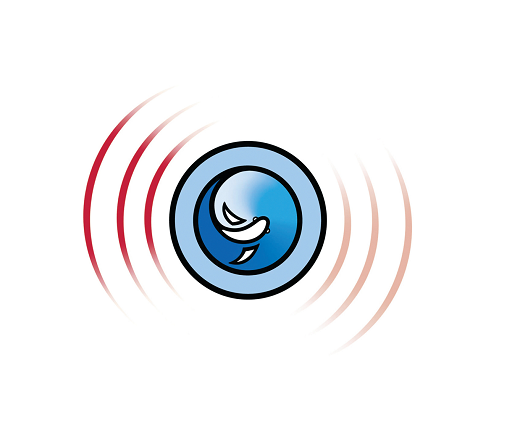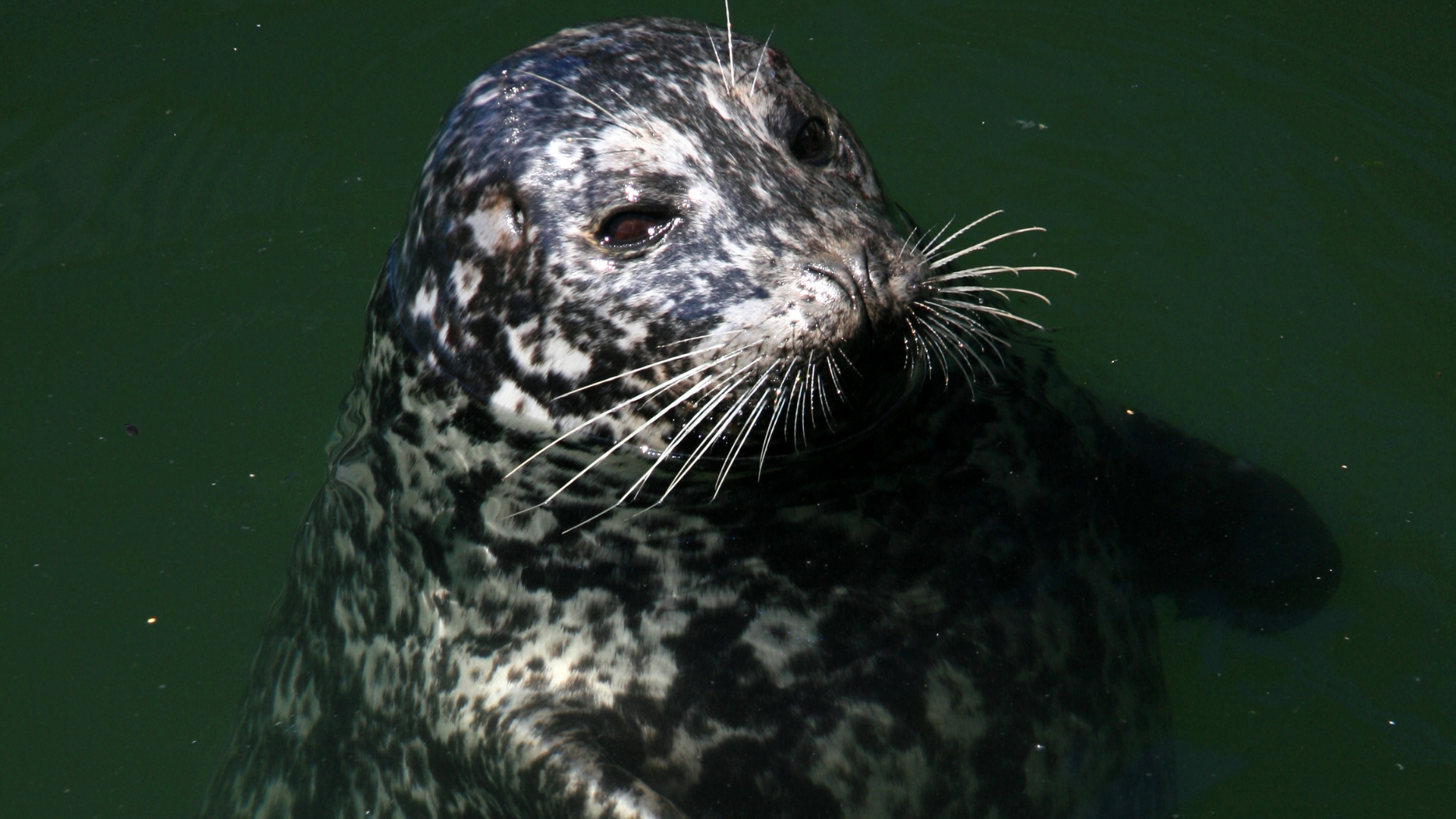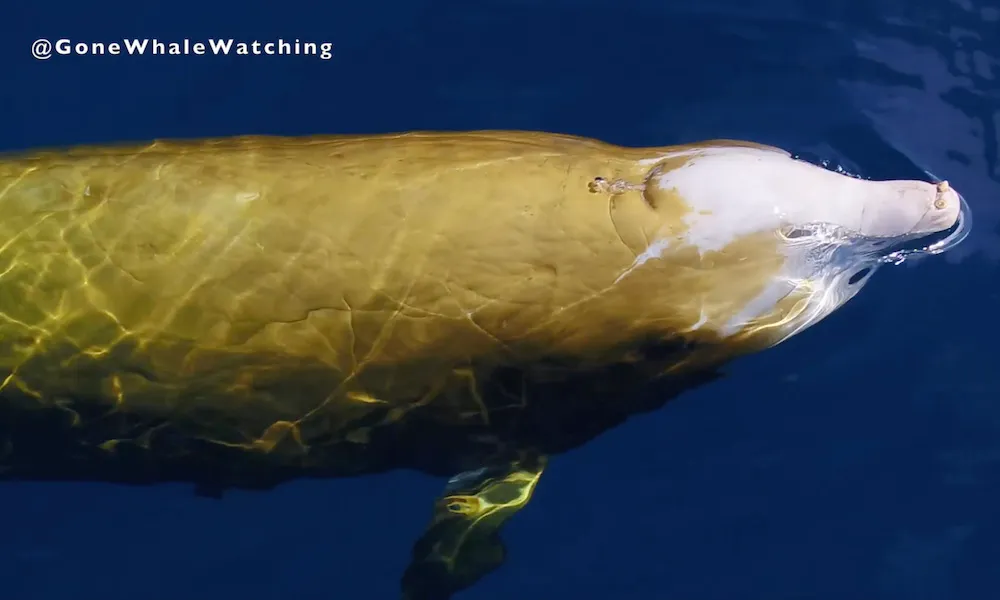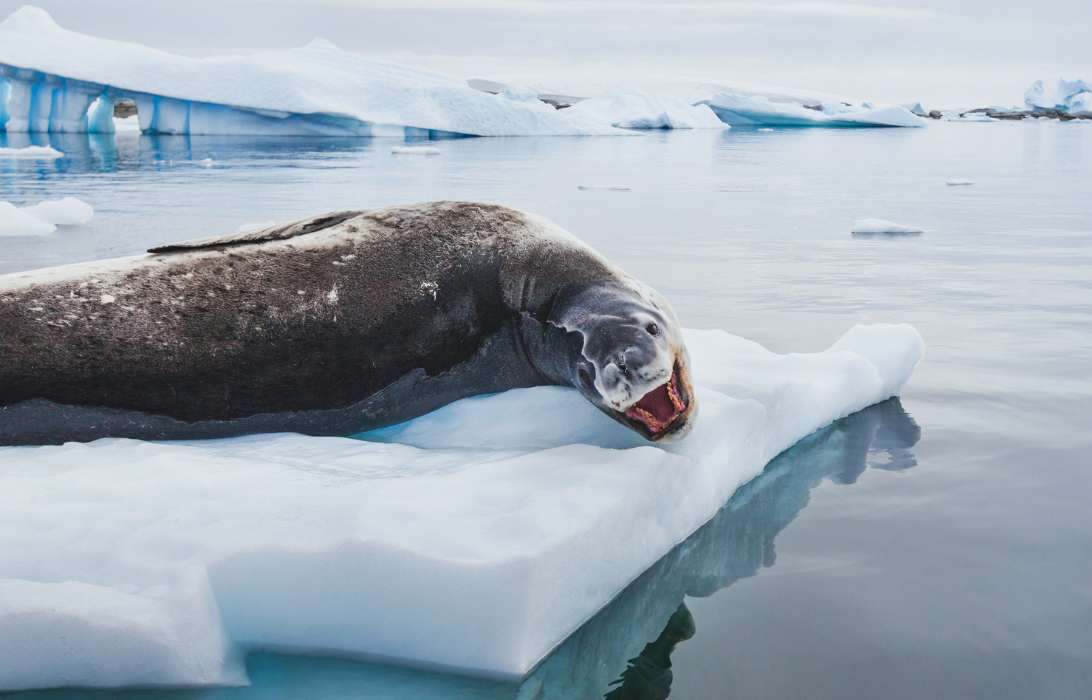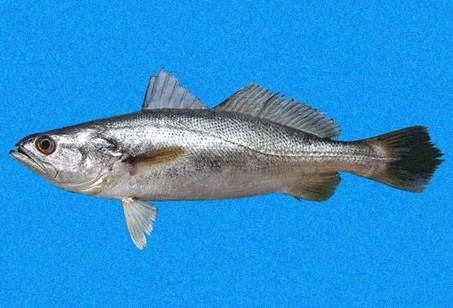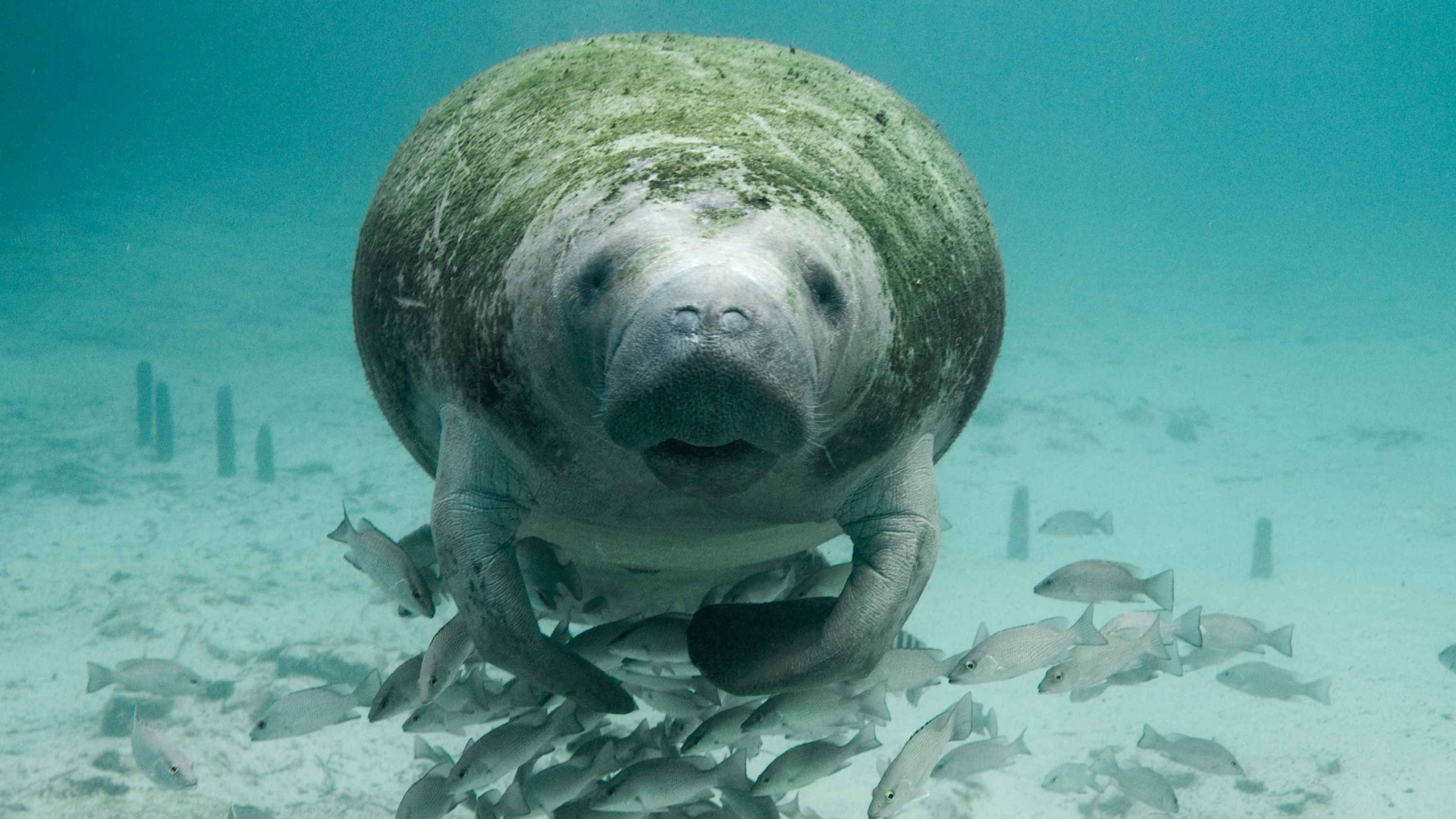Orca or “Killer Whale” Sounds
Orcas are community animals, living in matrilineal pods – each with their distinct cultures and dialects. They hunt collaboratively, using social signals (squeaks, whistles, and chirps) as well as bursts of high-frequency bio-sonar, which we hear as buzzes and clicks. Bio-sonar are bursts of high-frequency energy which they project out into their surroundings, and read back the reflections of the sound bursts to construct a model of their surroundings in their minds – much like we do when we look around a room and see where objects and obstacles are placed. Listen for yourself in the audiographs below!

Orca or “Killer Whale” Sounds
Orcas are community animals, living in matrilineal pods – each with their distinct cultures and dialects. They hunt collaboratively, using social signals (squeaks, whistles, and chirps) as well as bursts of high-frequency bio-sonar, which we hear as buzzes and clicks. Bio-sonar are bursts of high-frequency energy which they project out into their surroundings, and read back the reflections of the sound bursts to construct a model of their surroundings in their minds – much like we do when we look around a room and see where objects and obstacles are placed. Listen for yourself in the audiographs below!
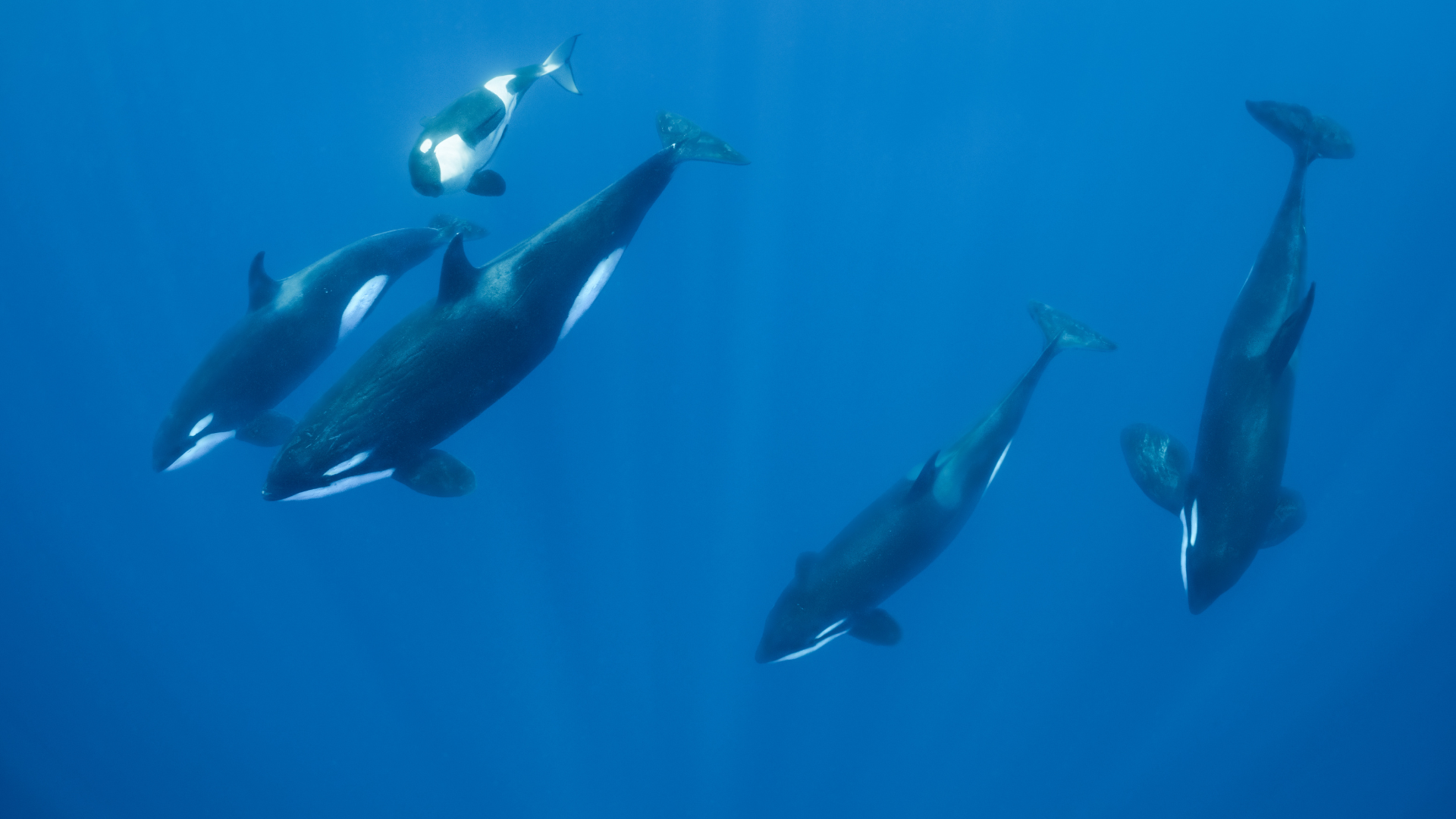
Orca Facts
LATIN NAME Orcinus orca
LENGTH Males: 6m – 7.9m (20 ft – 26 ft) / Females: 4.8m – 7m (16 ft – 23 ft). The largest recorded male orca was 9.8 m (32 ft)
WEIGHT Males: 6+ tonnes / Females: 3 – 4 tonnes. The largest recorded male killer whale weighed 10,000 kg (22,000 lbs)
LIFETIME Males average 29 years – max 60 / Females 50 – 80 years
PHYSICAL TRAITS Orcas are distinctively colored. The dorsal surface is mostly black except for a gray or white saddle patch behind the dorsal fin. The underside of the body and underside of flukes are white and there is a white eyespot behind each eye.
BEHAVIOR They produce three categories of sounds: clicks, whistles, and pulsed calls. Clicks are believed to be used primarily for navigation and discriminating prey and other objects in the surrounding environment, but are also commonly heard during social interactions. All members of a resident pod use similar calls, known collectively as a dialect.
HABITAT Orcas frequently inhabit coastal and offshore seas, particularly areas of cold-water upwelling. Cold-water upwelling occurs in areas where deep-sea currents push cold, nutrient-rich waters to the surface. The entire ecosystem thrives in areas of upwelling because of these nutrients.
LOCATIONS They are absent only from the Baltic and Black seas, and some areas of the Arctic Ocean
FOOD Orcas are apex predators, meaning they are at the top of the food chain. Various group have diet-fidelity – for example the the Resident Killer Whales in the Salish Sea dine predominantly on salmon. The migratory “Biggs” killer whales dine on marine mammals. Harbor seals and porpoises in the Salish Sea are comfortable around the residents, but as soon as they hear the Biggs, they panic and try to escape the area.
This points to another characteristic of the Orcas – and in fact odontocetes in general – they have distinct dialects that help researchers (and harbor seals) identify them.
PREDATORS Orcas have no known predators (other than humans).


